Sfumato
- Definition of Sfumato:
Sfumato is a painting and drawing technique that creates diffused, softened transitions between colors and tones, eliminating harsh lines and edges. The term derives from the Italian word “sfumare,” meaning “to tone down” or “evaporate like smoke.” - Origins and Mastery:
- Sfumato was pioneered by early Northern Renaissance painters Jan van Eyck and Rogier van der Weyden and perfected by Leonardo da Vinci.
- Leonardo described it as blending colors “without lines or edges, in the manner of smoke.”
- Purpose and Effect:
- The technique replicates the natural way human eyes perceive light and shadow, enhancing the realism of painted subjects.
- Sfumato achieves smooth transitions between light and shadow, making forms appear lifelike and three-dimensional.
- Famous Paintings Utilizing Sfumato:
- Leonardo da Vinci:
- Mona Lisa (1503): Features soft shadows around facial features, creating natural skin tones and blending the subject into the background.
- Virgin of the Rocks (1483-1486): Uses sfumato to illuminate faces and hands while blending them into the atmospheric background.
- John the Baptist (1513-1516): Displays subtle transitions in a dark, spiritual setting.
- Johannes Vermeer: Girl with a Pearl Earring (1665): Softens shadows and contours through sfumato to create lifelike facial features.
- Raphael: The Madonna of Alba (1510): Adapts sfumato into “union,” combining soft shadows with vivid colors.
- Leonardo da Vinci:
- Leonardo da Vinci’s Contributions:
- Leonardo extensively studied optics and the human eye to develop sfumato, using tools like the camera obscura.
- His scientific and artistic experiments defined Renaissance art and inspired Italian Renaissance painters like Raphael.
- Technique of Sfumato:
- Created through thin layers of translucent paint, with drying times ranging from days to months.
- Mona Lisa’s face, for example, has between 20 and 40 layers of paint to achieve its iconic softness.
- Other Artists Who Used Sfumato:
- Fra Bartolommeo, Giorgione, Correggio, and Federico Barocci employed sfumato in their works.
- The technique influenced later artists, including Raphael and Vermeer, who adapted and refined it.
- Art Terms Related to Sfumato:
- Chiaroscuro: Contrast between light and shadow used in tandem with sfumato.
- Gradation: The gradual blending of tones and colors.
- Camera Obscura: A device that helped artists like Leonardo study light and perspective.
What is Sfumato?
Sfumato is a visual art technique that creats softened, hazy effects with the natural gradation of colors, tones, and shadows, and eliminates lines and borders. Sfumato was used in both drawing and painting.The word Sfumato is taken from the Italian word “sfumare” meaning to tone down or evaporate like smoke.
Famous Paintings that Use Sfumato
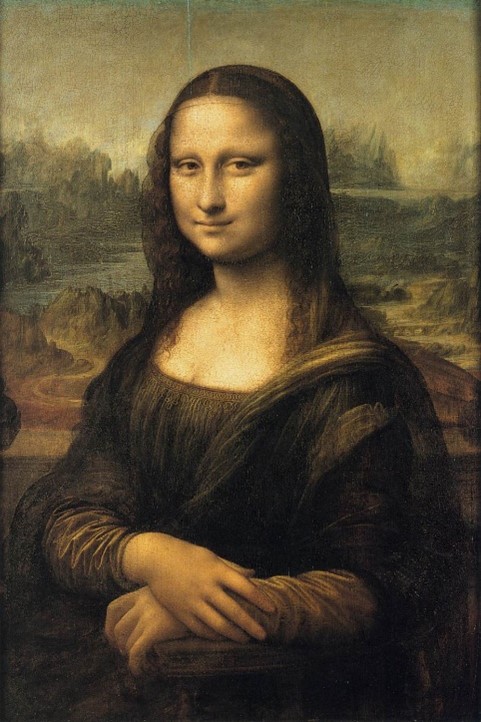
https://collections.louvre.fr/en/ark:/53355/cl010062370
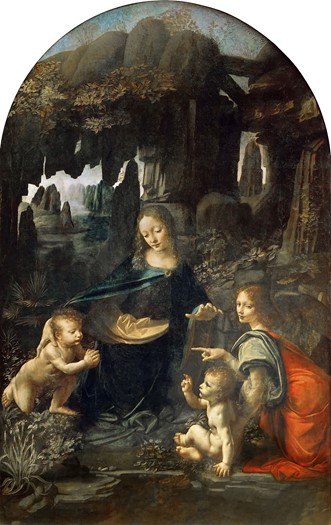
Artists Who Used Sfumato
Art historian Giorgio Vasari (1511–1574) attributed sfumato to early Northern Renaissance painters Jan van Eyck (1385- 1441) and Rogier van der Weyden (1399-1464), who used great detail in their works. It was Leonardo da Vinci (1492-1519) who mastered it.
Leonardo Da Vinci
Sfumato is closely linked to the master’s artistic achievements.
When discussing sfumato and how it worked in relation to his art Leonardo da Vinci said, it was the blending of colors “without lines or borders, in the manner of smoke.” This was a break away from Venetian painting techniques which left images in paintings outlined.
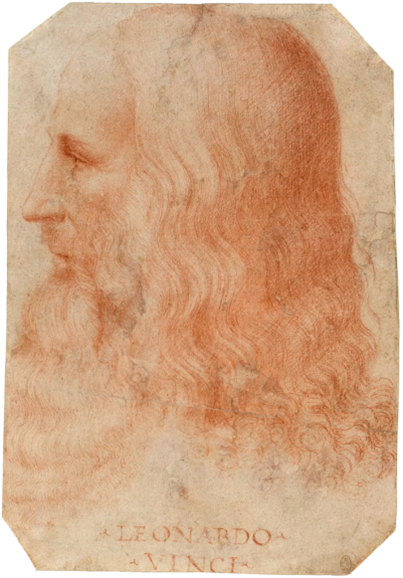
Leonardo’s goal was to replicate exactly what the human eye could see in the natural world. He studied optics and human vision and knew how to operate a camera obscura with great effect. Through these studies and as the most prominent practitioner of sfumato, Leonardo helped define Renaissance art and greatly influenced Italian Renaissance painters.
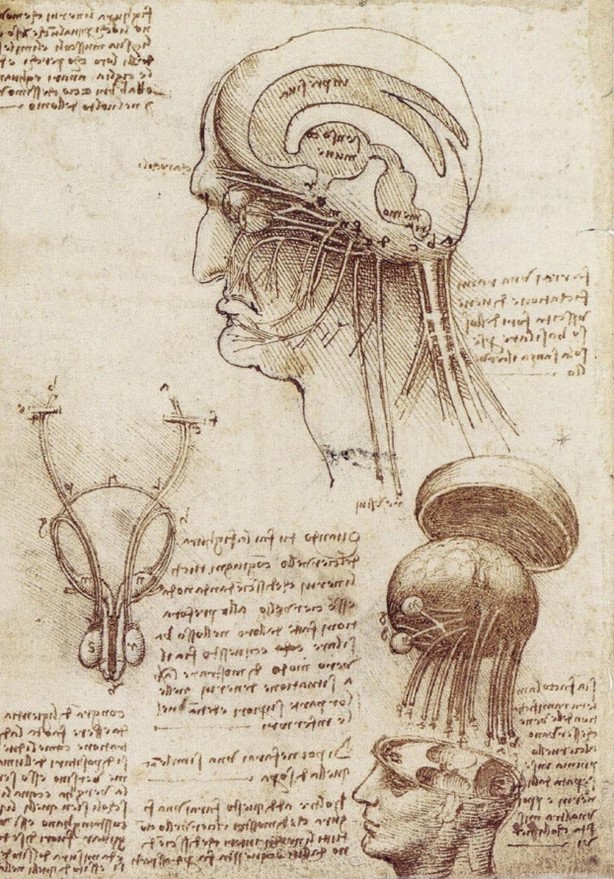
“Now do you not see that the eye embraces the beauty of the whole world? … It counsels and corrects all the arts of mankind… it is the prince of mathematics, and the sciences founded on it are absolutely certain. It has measured the distances and sizes of stars; it has discovered the elements and their location… it has given birth to architecture and to perspective and to the divine art of painting.
Oh, excellent thing, superior to all others created by God! The eye is the window of the human body through which it feels its way and enjoys the beauty of the world. Owing to the eye the soul is content to stay in its bodily prison, for without it such bodily prison is torture… And it triumphs over nature, in that the constituent parts of nature are finite, but the works that the eye commands of hands are infinite.” – Leonardo da Vinci
In his 1502 notebook Leonardo wrote about the camera obscura:
“If the facade of a building, or a place, or a landscape is illuminated by the sun and a small hole is drilled in the wall of a room in a building facing this, which is not directly lighted by the sun, then all objects illuminated by the sun will send their images through this aperture and will appear, upside down, on the wall facing the hole. You will catch these pictures on a piece of white paper, which placed vertically in the room not far from that opening, and you will see all the above-mentioned objects on this paper in their natural shapes or colors, but they will appear smaller and upside down, on account of crossing of the rays at that aperture. If these pictures originate from a place which is illuminated by the sun, they will appear colored on the paper exactly as they are. The paper should be very thin and must be viewed from the back.”
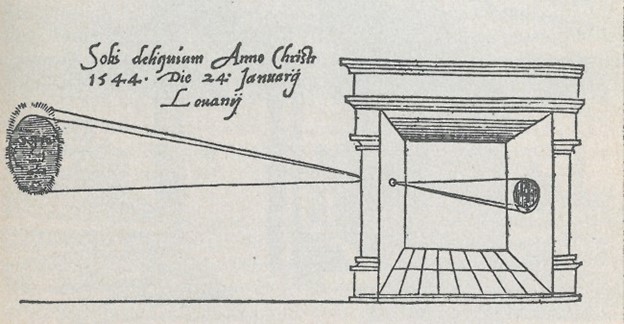
Leonardo da Vinci’s Sfumato Paintings
Three paintings by Leonardo da Vinci that are prime examples of the sfumato technique, are Virgin of the Rocks (1483-1486), Mona Lisa (1503) and John the Baptiste (1513-1516).
In the oil painting Virgin of the Rocks, Leonardo uses chiaroscuro to give form and weight to the subject matter that includes the Virgin Mary, Christ, John the Baptist, and the archangel Gabriel, in a sacra conversazione. The faces and hands are illuminated through the use of sfumato.
In Leonardo’s oil painting John the Baptist, the saint is depicted against a blackened backdrop, pointing up to the heavens. With the use of sfumato, the figure blends into the background naturally, and the face has a softened, religious quality.
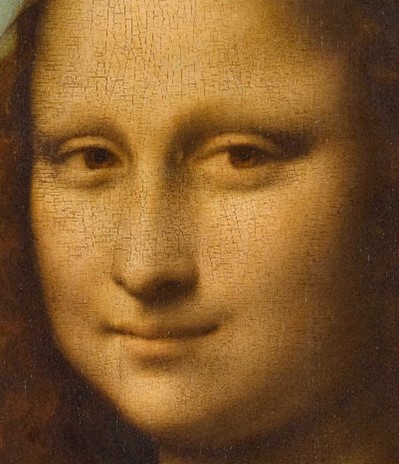
To duplicate the natural look and skin tone of the face of Mona Lisa, Leonardo applied many layers of oil paint. Art historians discovered various areas of the image had between 20 and upward to 40 layers of paint.
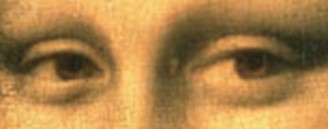
By using the sfumato painting technique, the artist blended out fine shadows around facial features, including the eyes, forehead, and mouth. This creates a soft transition, and the face appears to be natural, without harsh outlines. Also, the image blends seamlessly into the landscape, without dark shadows that would have made it look super imposed. Instead, the subject becomes part of the setting.
Giorgio Vasari wrote about Mona Lisa in his book Lives of Painters, “As art may imitate nature, she does not appear to be painted, but truly of flesh and blood. On looking closely at the pit of her throat, one could swear that the pulses were beating.”
Creating Flesh Tones
As discovered through optical microscopy flesh tones were created using four layers. The canvas was primed with lead white. Next the artist added a layer of pink, created using lead white, vermillion, and earth. The shadow layer consisted of translucent glazes, opaque paint, and dark pigment. Finally, a varnish was applied.
Working in this way was a slow process, as each layer had to dry completely before painting the next. Drying times could vary between days and months.
Other Artists Who Used Sfumato
Fra Bartolommeo (1472-1517), a Renaissance painter from Florence, used sfumato. So too did Venetian painter Giorgione (1477-1510), Italian artist Antonio Allegri da Correggio, known as Correggio (1490-1534) and Mannerist painter Frederico Barocci (1526-1612). Members of a group of artists, known as the Leonardeschi, who followed Leonardo da Vinci, copied the technique as well.
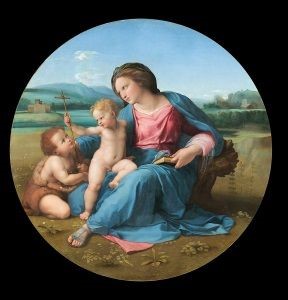
Raphael (1483-1520) took Leonardo’s technique a step further with soft shadows and bright colours as in The Alba Madonna (1510). This technique is known as unione.
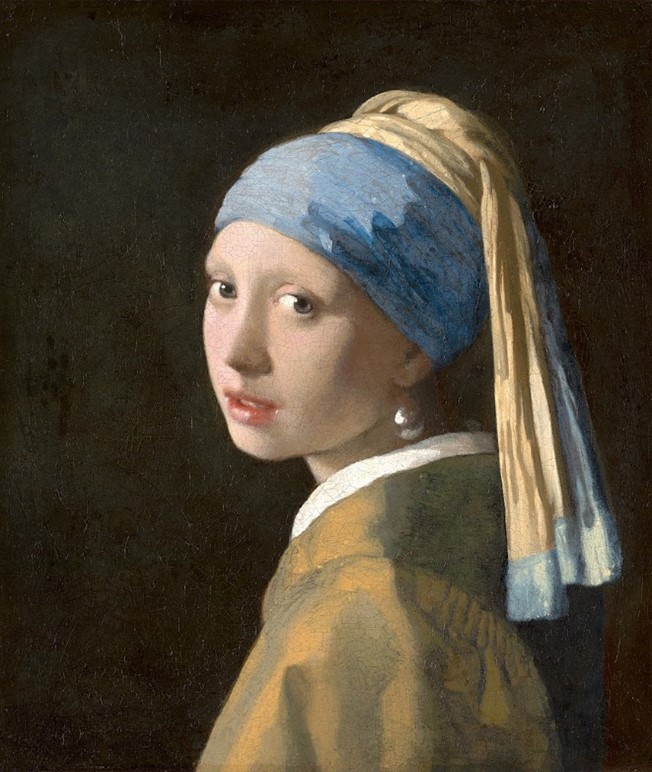
Johannes Vermeer’s (1632-1675) most famous painting, Girl with the Pearl Earring (1665), uses the painting technique of sfumato in his depiction of a young woman against a darkened background. Notice the shadows to her left, created through chiaroscuro. These dark areas are gently softened through sfumato. Fine shading of the facial features is also created.
Artists Who Used Sfumato
- Leonardo da Vinci (1492-1519) Italian
- Jan van Eyck (1385- 1441) Flemish
- Rogier van der Weyden (1399-1400) Flemish
- Fra Bartolommeo (1472-1517) Italian
- Giorgione (1477-1510) Italian
- Correggio (1490-1534) Italian
- Frederico Barocci (1526-1612) Italian
- Raphael (1483-1520) Italian
- Johannes Vermeer (1632-1675) Dutch
Related Art Terms
- Gradation
- Camera obscura
- Sacra conversazione
- Chiaroscuro
- Unione
